Architecture and Design
How Architectural Design Enhances Lifestyle and Productivity: A Comprehensive Guide

As how architectural design enhances lifestyle and productivity takes center stage, this opening passage beckons readers with casual formal language style into a world crafted with good knowledge, ensuring a reading experience that is both absorbing and distinctly original.
Architectural design plays a crucial role in shaping our daily lives and work environments, influencing our well-being and efficiency in profound ways. In this guide, we will explore the impact of architectural elements on lifestyle and productivity, from creating soothing atmospheres to enhancing focus and comfort through smart design choices.
How architectural design impacts lifestyle
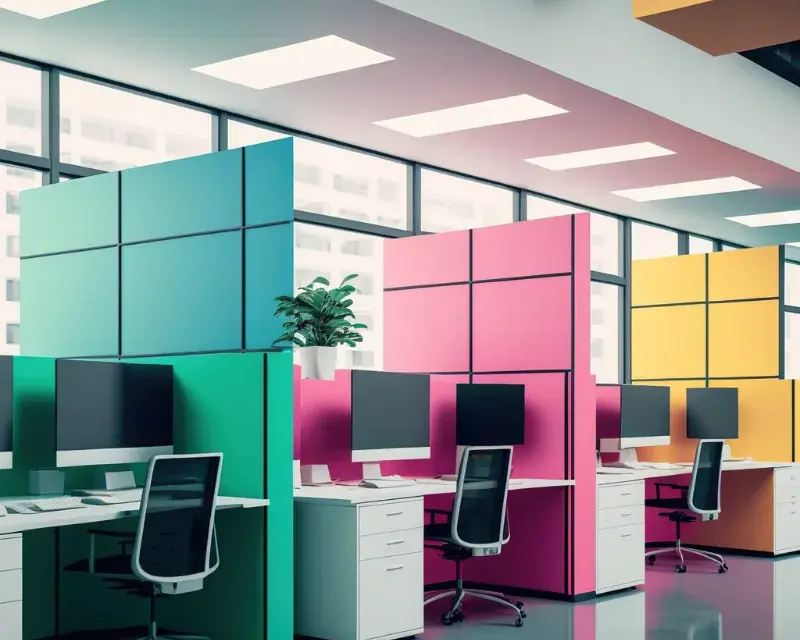
Architectural design plays a crucial role in shaping our daily lives by influencing our mood, behavior, and overall well-being. Different architectural elements such as lighting, layout, materials, color schemes, and furniture placement can significantly impact how we feel and function within a space.
Influence of Lighting and Layout
- Open floor plans and large windows can enhance natural light, creating a sense of spaciousness and connection to the outdoors.
- Properly positioned lighting fixtures can set the ambiance and mood of a room, affecting our energy levels and comfort.
Role of Color Schemes and Furniture Placement
- Color schemes can evoke different emotions, with warm tones promoting coziness and intimacy, while cool tones create a sense of calm.
- Strategic furniture placement can optimize traffic flow, functionality, and visual appeal, contributing to a harmonious living environment.
How architectural design affects productivity
Ergonomic workspace design plays a crucial role in enhancing productivity by improving focus and comfort for individuals working in various environments. This design approach ensures that workspaces are tailored to meet the physical and cognitive needs of employees, ultimately leading to higher levels of efficiency and satisfaction.
The Importance of Noise Reduction, Proper Ventilation, and Temperature Control
- Noise Reduction: Excessive noise in the workplace can be a major distraction, impacting concentration and overall productivity. Architectural design solutions such as sound-absorbing materials, strategic layout planning, and acoustic panels can help create a more peaceful and focused work environment.
- Proper Ventilation: Good air quality is essential for maintaining alertness and preventing health issues. Architectural design that incorporates adequate ventilation systems ensures a constant flow of fresh air, reducing the risk of fatigue and improving cognitive function.
- Temperature Control: Extreme temperatures can significantly affect employee comfort and performance. Architectural designs that allow for efficient temperature control through features like insulation, shading, and smart HVAC systems help create a comfortable and conducive work environment.
Traditional Office Layouts vs. Modern, Flexible Designs
- Traditional Office Layouts: Cubicles, closed offices, and fixed workstations were once the standard in office design. However, these rigid layouts can limit collaboration, creativity, and employee satisfaction. The lack of flexibility may also lead to discomfort and decreased productivity.
- Modern, Flexible Designs: Open floor plans, co-working spaces, and modular furniture are becoming increasingly popular in modern office design. These layouts promote collaboration, flexibility, and movement, leading to increased productivity and employee engagement. Employees have the freedom to choose where and how they work, enhancing their overall well-being and performance.
Incorporating nature into architectural design
Integrating nature into architectural design has numerous benefits for both occupants and the environment. By bringing green spaces, plants, or natural elements inside buildings, architects can create healthier and more inspiring spaces that enhance well-being and productivity.
Benefits of integrating green spaces
- Improved air quality: Plants help to filter and purify the air, creating a healthier indoor environment.
- Stress reduction: Green spaces have been shown to reduce stress levels and promote relaxation.
- Increased creativity: Exposure to nature has been linked to enhanced creativity and problem-solving skills.
Biophilic design principles
- Connection to nature: Biophilic design aims to create environments that mimic nature, promoting a sense of well-being.
- Natural light and views: Incorporating natural light and providing views of nature can improve mood and productivity.
- Use of natural materials: Using materials like wood, stone, and water can create a sense of tranquility and connection to the natural world.
Incorporating outdoor views
- Large windows and skylights: Maximizing natural light and providing views of greenery can help reduce eye strain and improve focus.
- Atriums and courtyards: Creating internal spaces that open up to outdoor areas can bring a sense of nature indoors.
- Rooftop gardens: Utilizing rooftop spaces for gardens can provide occupants with a peaceful retreat and improve air quality.
Technology integration in architectural design

Technology integration in architectural design plays a crucial role in shaping the way we interact with our built environment. By incorporating smart home features and automation, architects can enhance the convenience and efficiency of residential and commercial spaces. Additionally, the integration of cutting-edge tech innovations can lead to improvements in energy efficiency and sustainability, creating more environmentally friendly buildings.
Smart Home Features and Automation
Smart home features such as automated lighting, temperature control, and security systems can greatly improve the convenience and efficiency of a space. These technologies not only enhance the user experience but also contribute to energy savings by optimizing resource usage.
Energy Efficiency and Sustainability
The impact of technology on energy efficiency and sustainability in building design cannot be understated. From solar panels to advanced insulation materials, technological advancements have enabled architects to create more sustainable and environmentally friendly structures. By harnessing the power of technology, buildings can reduce their carbon footprint and operate more efficiently.
Challenges and Opportunities
While incorporating cutting-edge tech innovations into architectural projects presents exciting opportunities, it also comes with its own set of challenges. Architects must navigate issues such as compatibility, cybersecurity, and cost when integrating technology into their designs. However, the potential benefits, including improved user experience, energy savings, and sustainability, make the effort worthwhile.
Epilogue

In wrapping up our discussion on how architectural design enhances lifestyle and productivity, it becomes evident that the spaces we inhabit hold the power to transform our experiences. By integrating nature, technology, and thoughtful design principles, we can create environments that not only inspire but also elevate our quality of life and work.
Embrace the possibilities that architectural design offers and watch as your surroundings shape a brighter, more productive future.
Popular Questions
How does furniture placement impact productivity?
Strategic furniture placement can optimize workflow and create ergonomic workspaces that promote focus and comfort. It plays a crucial role in ensuring employees can work efficiently and comfortably throughout the day.
What are the benefits of incorporating green spaces into architectural design?
Integrating green spaces can improve air quality, reduce stress levels, and enhance overall well-being. It creates a connection to nature within built environments, fostering a sense of calm and rejuvenation.
How can technology integration enhance energy efficiency in architectural design?
By incorporating smart home features and automation, buildings can optimize energy usage and reduce waste. This leads to more sustainable practices and lower environmental impact in the long run.
-

 General3 weeks ago
General3 weeks agoSmart Lifestyle Design Tips for Small Urban Homes: Transforming Limited Spaces into Functional Living Areas
-
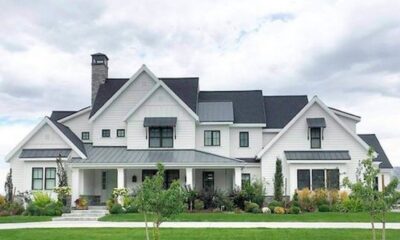
 General3 weeks ago
General3 weeks agoModern Farmhouse Exterior Ideas for Luxury Lifestyle Homes: A Guide to Elevated Living
-
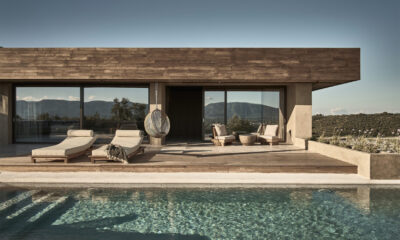
 General3 weeks ago
General3 weeks agoCaptivating Title: Interior and Exterior Design Ideas for Wellness Retreats
-
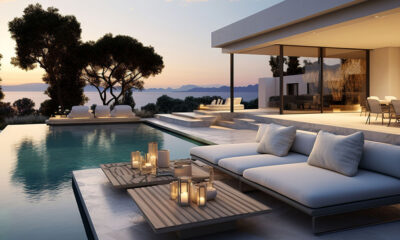
 General3 weeks ago
General3 weeks agoLuxury Outdoor Living Spaces for Healthy Lifestyles: Elevate Your Outdoor Experience
-
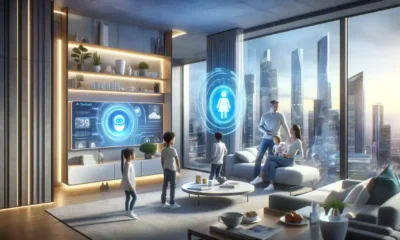
 General3 weeks ago
General3 weeks agoAI-powered lifestyle design tools for home planning: Revolutionizing Efficiency and Customization
-

 Business Tools3 weeks ago
Business Tools3 weeks agoThe Best CRM Systems for Lifestyle Coaches and Consultants
-
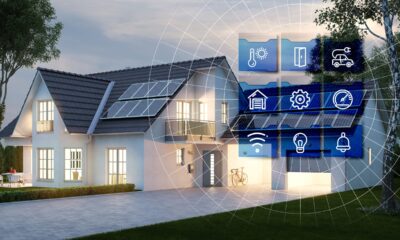
 Architecture3 weeks ago
Architecture3 weeks agoExploring the Top Lifestyle Design Trends in Modern Architecture
-

 General3 weeks ago
General3 weeks agoTransforming Lifestyle with Modular Home Designs: Revolutionizing Living Spaces



